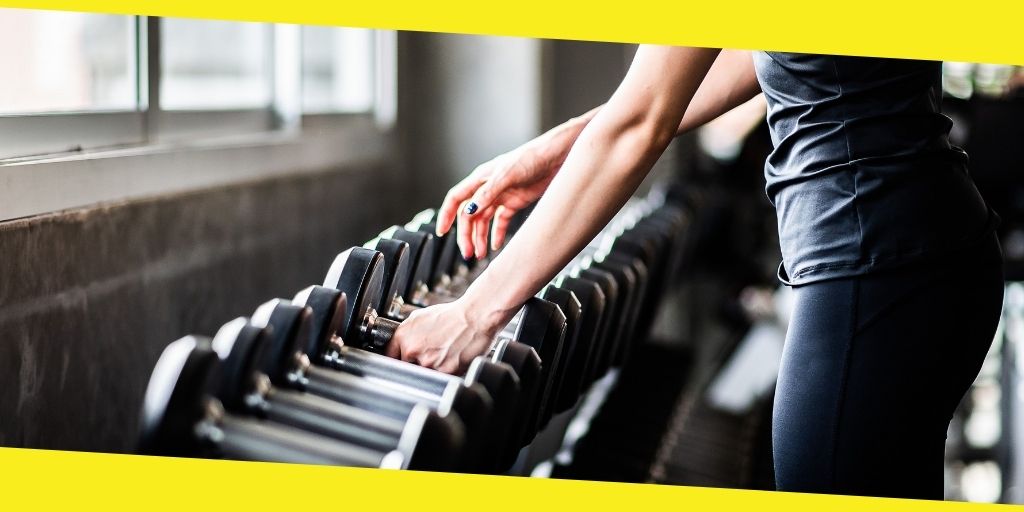The 5 Most Common Gym Injuries & How To Prevent Them

Working out is good. Whether you hit the gym to lift weights, do some cardio work, or perhaps attend a group class, you can be sure that your exercise is going to be beneficial to your health.
Unfortunately, the downside of exercising is that you’re pushing the limits of your body. When you do this you’re more likely to experience an injury. These can be incredibly frustrating as they can stop you from exercising for weeks while you heal. Attempting to continue when not healed properly means you’ll aggravate the injury. This can make it much more serious in the long-term.
That’s why you should know the 5 most common gym injuries and what you can do to prevent them.
- Muscle Pull or Strain
- Joint Issues
- Tendinitis
- Shin Splint
- Knee Problems
In effect, the most common injuries center around the joints you use the most when exercising. These are the ones that become overloaded. When this happens repeatedly they become inflamed, causing discomfort, pain, and potentially more serious concerns.
Contents
TogglePreventative Steps
The good news is there are several things you can do to prevent these injuries from occurring.
-
Physiotherapist
Most people think that a physiotherapist is for when you’ve experienced an injury. This is true to an extent, they are trained in how the body moves and can isolate an injury. They’ll then use hot and cold treatment, massage, electrical stimulation, and specific exercises to resolve the injury.
However, a good physiotherapist like this Botany physiotherapist will also treat you before you’re injured. They can design a customized exercise plan that will strengthen the weakest joints in your body, reducing the risk of an injury occurring.
They also detect inflammation and help you to deal with it before it becomes an issue, you may not even be aware of the inflammation before they detect it!
-
Stretching
An essential part of avoiding injury is to make sure you stretch before and after working out. Before working out you should do dynamic stretches. These mimic the movements you’re about to make and help your body prepare for the exercise.
Static stretches completed after exercise will help maintain blood flow to the organs and muscles. This reduces the likelihood of delayed onset muscle soreness which can make your muscles sore and stiff. This decreases mobility after exercises and increases the likelihood of an injury occurring.
-
Gradual Increase
You should gradually increase the rate of your exercise. If you’re lifting weights this means not overdoing it, choose a weight that you can just about lift after your chosen number of reps and sets. Trying to lift too much will cause muscle and ligament damage.
The same is true if you’re on an exercise bike or treadmill, increase the intensity of your exercise over time. You’ll ensure proper form and achieve more in the long-term.
Of course, you should always allow a 24-hour rest period between exercises that work the same muscle groups.
Recommended For You
Advantages & Disadvantages Of Eating Bread
Most Inside
Most Inside offers high-quality recommendations and valuable updates to enhance all aspects of your life, providing premium guidance and enriching experiences.




